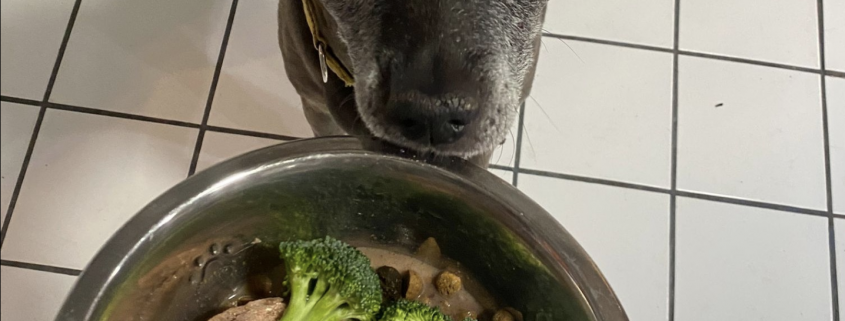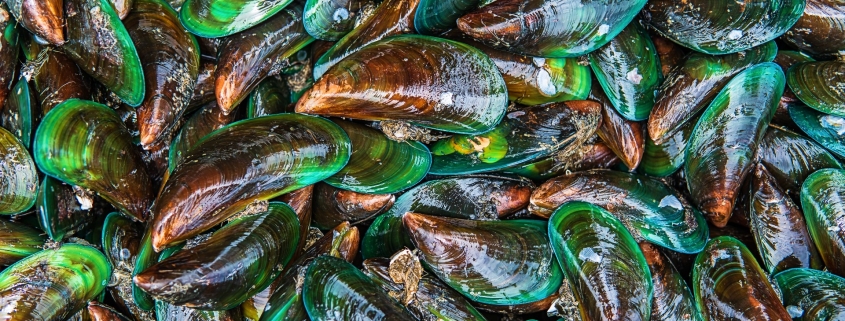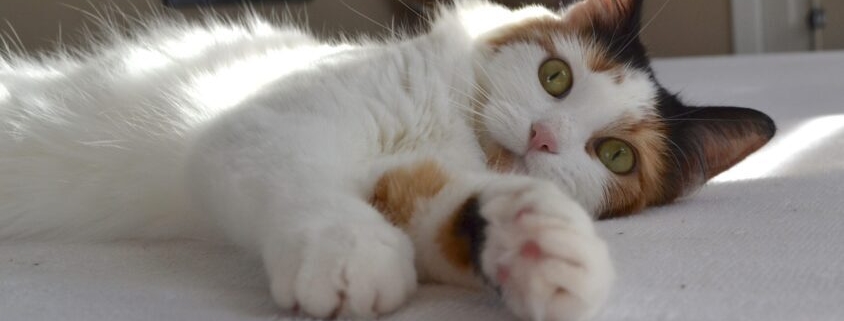Be Proactive for Your Pet’s Joints
What You Need to Know About Your Pet’s Joint Health
Joint health is a topic most pet owners don’t think about until their dog or cat has begun showing signs of pain or stiffness.
The truth is, once you start to notice signs that your pet is uncomfortable, damage has already been done to the joint. It will take time (and a larger expense) to rebuild cartilage and try to reduce inflammation.
Just like with planting a tree, the perfect time to start addressing joint health is yesterday. The second best time is today.
Here are the questions we get asked most frequently about joint health.
At what age should I start supplementing for optimal joint health?
We believe it’s important to begin taking preventative measures for your pet’s joint health early on. Depending on the age, breed, and activity level, different supplements may be recommended. For instance, for younger puppies and kittens, omega-3 fatty acids are great for their inflammatory issues, as well as for their brain and eye development.
What’s the best supplement to give?
When trying to find the best supplement to improve joint health in your pet, it is important to remember that each pet has unique needs. There is no universal supplement or application.
Supplements come in many forms, like chewable tablets, liquids, powders, and capsules, and offer different levels of support. Furthermore, there is no universal dosage that is suitable for every pet, so it is necessary to find a dosage that is tailored to your pet. For instance, a fish oil capsule may be recommended for one pet, while a green-lipped mussel powder may be recommended for another.
Is there a food that can help reduce inflammation?
There are a variety of dietary choices that can help to reduce inflammation in our pets. A diet that is high in animal-derived protein, fat and moisture, and low in carbohydrates, generally has a higher content of omega-3 fatty acids which can reduce inflammation. Additionally, these foods can be rich in amino acids to promote organ health, and antioxidants to support our pets’ immune systems.
Adding fresh fruits and vegetables, raw eggs, and commercially prepared meal toppers to their bowl can have positive effects. Moreover, using bone broth or goat milk can improve joint health as well as provide excellent benefits for your pet’s overall wellness.
What other changes can I make to keep joints healthy?
In order to keep your pet’s joints healthy, it is crucial to maintain their weight. Too much weight can put a strain on the joints, reducing their activity. For instance, a 20-lb dog that gains 3 lbs is equal to a human gaining 26 lbs. This extra weight can rapidly lead to a dangerous cycle of health complications, such as joint stress, a decrease in activity, and obesity.
To prevent this cycle from starting, we recommend you take these two steps to manage your dog or cat’s weight.
- Stay active! Schedule time each day to keep your pet active, whether it’s a quick walk or run around the block or a backyard fetch session. Exercise keeps the joints healthy and increases metabolism to help maintain a lean body shape.
- Feed the correct amount. We understand that feeding guidelines on pet food labels can be vague and inaccurate. In our experience, following those guidelines typically leads to overfeeding. Give us a call or stop by the shop to let us help you determine the appropriate amount to feed your pet based on genetics, age, and lifestyle. Don’t forget to pay attention to calories from treats!
Preventing pain and discomfort in your pet’s joints is crucial to their enjoyment of life. And fortunately, there are many options for your pet. Please remember that there is no clear-cut solution, and your pet will respond differently to different dietary choices and supplementation – so professionally guided experimentation is key for both you and your pet.








